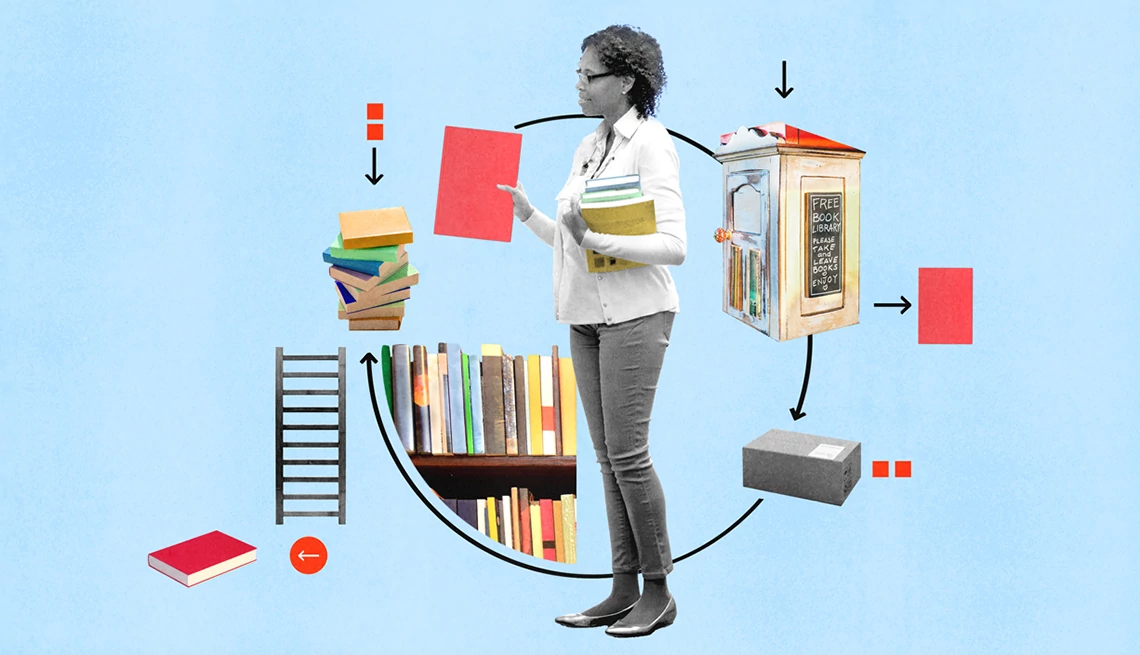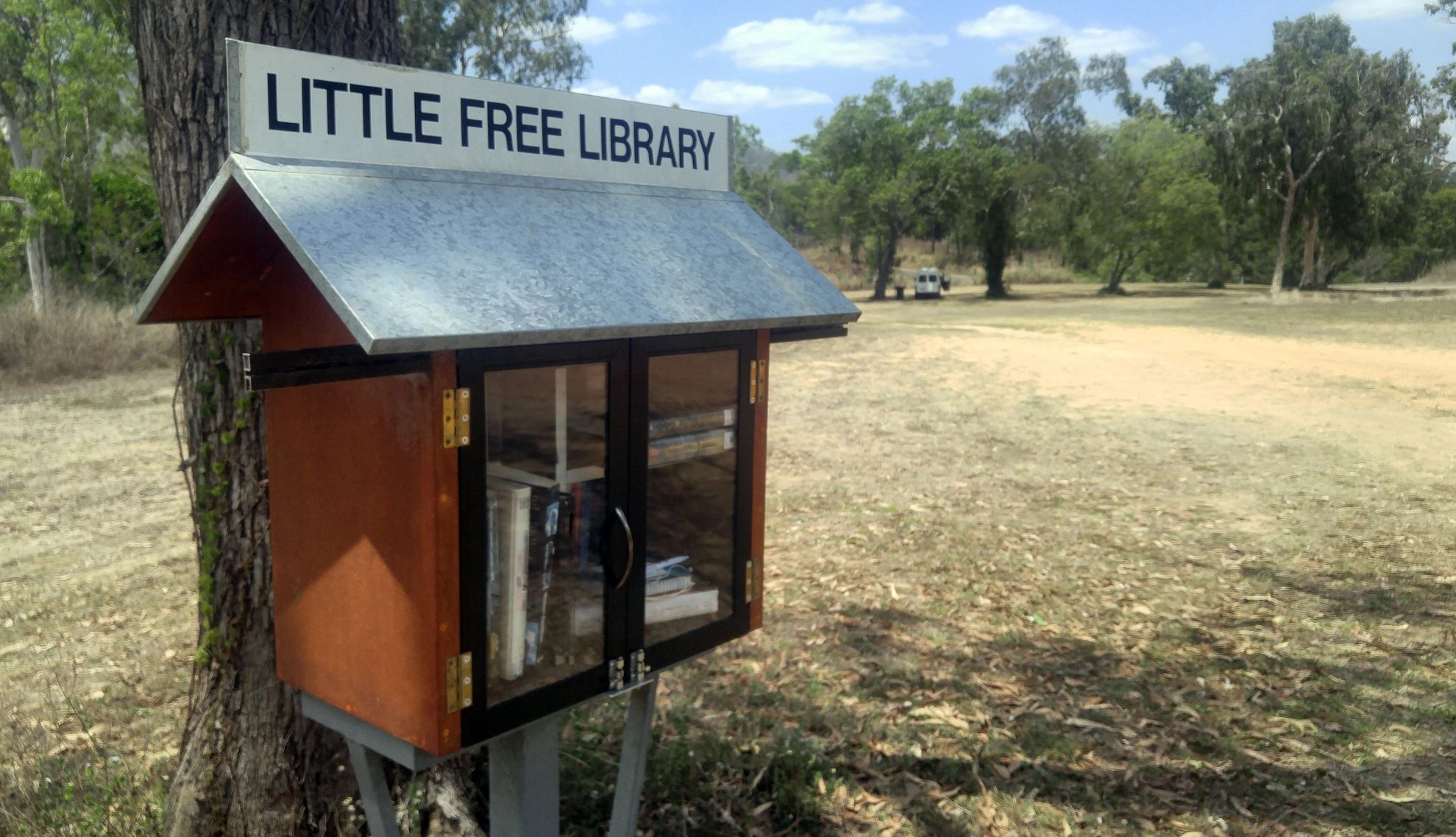AARP Hearing Center


There are countless used books gathering dust on shelves and nightstands or moldering in attics and basements across the country. You probably have your own stacks of long-ignored books — from novels you’re not likely to read again to gifted books you know you’ll never open.
Why not do a little decluttering, while getting those books into the hands of someone who’d enjoy them? There are many places to donate or sell used books; which ones you choose will depend on how much effort you want to put into the task. Options, described below, range from slipping your last-read novel into your neighbor’s Little Free Library to starting a (probably not super-lucrative) bookselling side hustle.
A few things to consider: First, recycle, rather than donate, damaged books. Second, always check donation guidelines. Some places take everything, while others may eschew certain categories, such as textbooks, yearbooks, dictionaries and encyclopedias.


1. Little Free Libraries
In all 50 states, volunteers have erected these house-shaped, front-yard kiosks (here’s a locator) which operate on a “take a book, share a book” principle. Likewise, keep your eyes peeled at coffee shops, bars, gyms and community centers for tables and shelves that serve the same purpose. These are great places to offload a few books at a time — and maybe find a new one.
2. Giveaway websites
Sign up online for a local Freecycle or Buy Nothing group (online or through an app); list your books, and your neighbors may come take them away. I’ve given away a barely used SAT prep book and picked up some fabulous cookbooks using Buy Nothing, which is active on Facebook. Pro tip: On Buy Nothing, givers can request that receivers “take everything” and regift as they see fit.
3. Hospitals, schools and other receptive institutions
Reach out to children’s hospitals, schools, theaters (old hardbacks make great props!) and assisted living facilities to see if your stash fits their needs. Donating locally funnels your used book’s value directly into your community and maintains a low carbon footprint, says Tom Matthews, a Cleveland marketing executive who created the website localbookdonations.com to help folks all over the country find donation sites in their area.





































































More From AARP
Read James Patterson's Novella ‘Chase’ Free Online
When a man falls to his death, it looks like a suicide, but Detective Bennett finds evidence suggesting otherwisePreview: 28 of Summer’s Top Reads
Check out the season’s standout thrillers, mysteries, memoirs, beach reads and more
Are These America’s 136 Greatest Novels? Discuss!
A new list from ‘The Atlantic’ includes some surprising picks from the past 100 years
Recommended for You